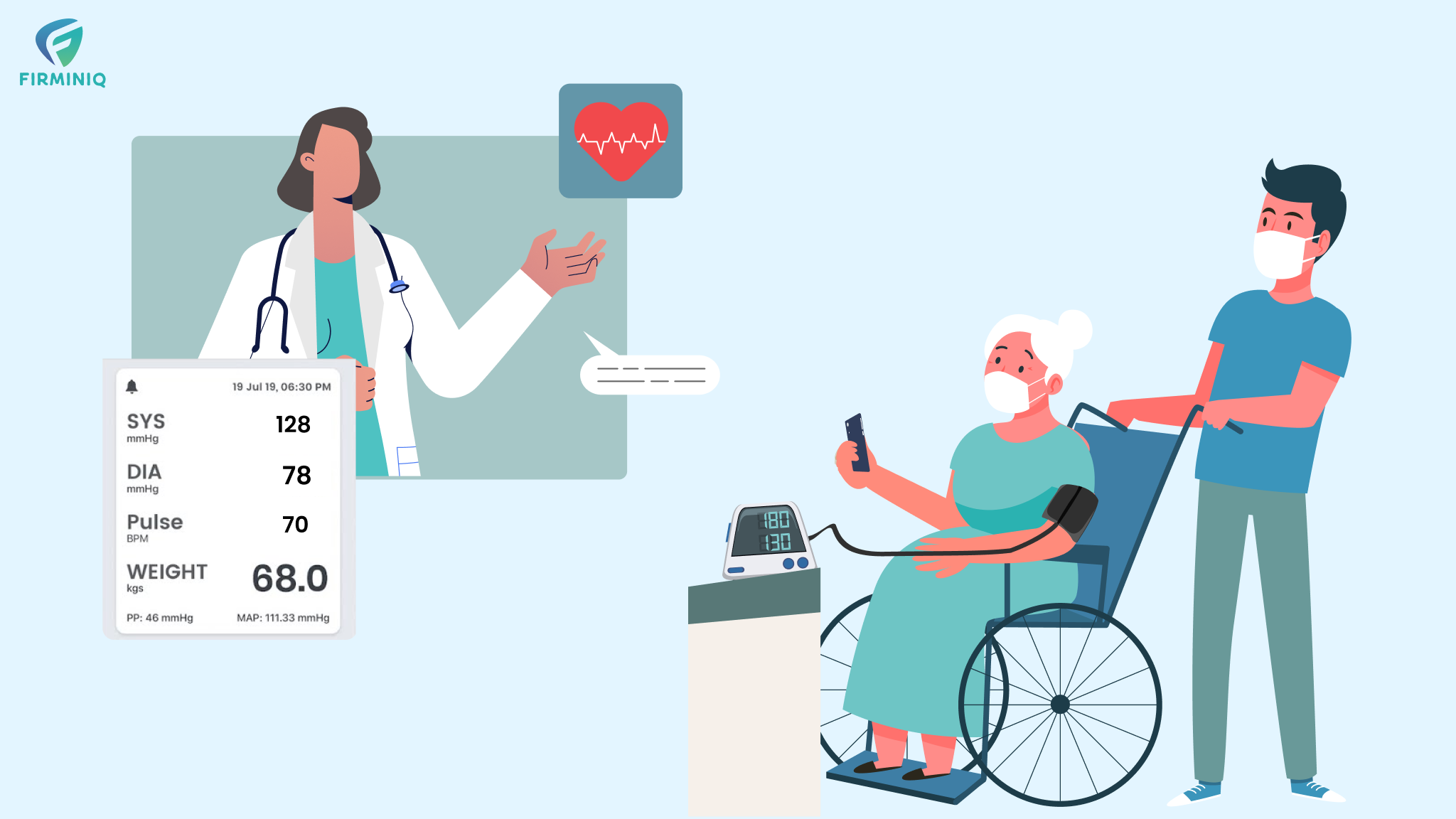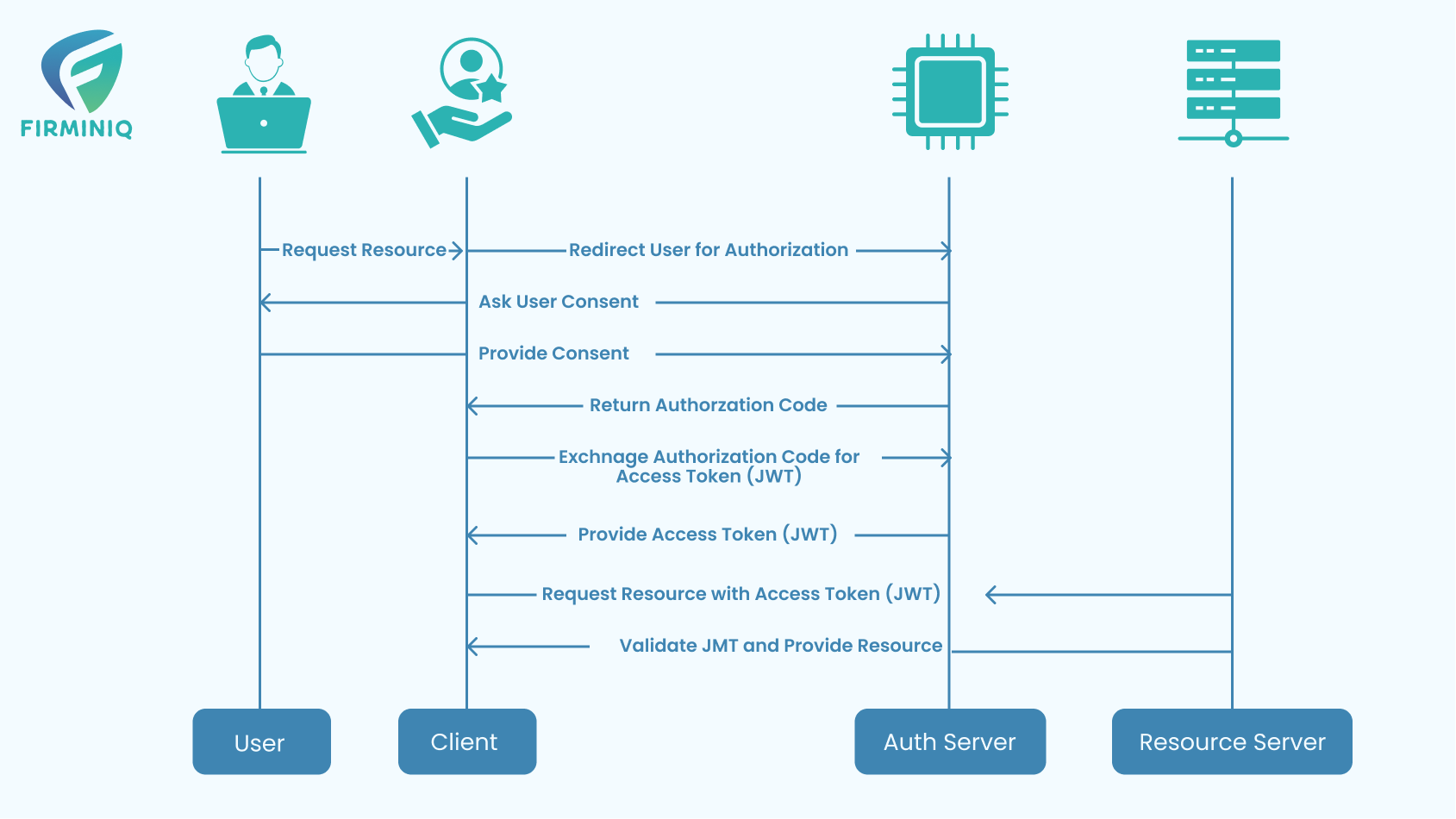Aging is a natural phenomenon and as the global population ages, it becomes vital to ensure that there is effective and efficient care for them. Traditional caregiving methods often fail to address the health needs of the elderly, especially for patients with chronic conditions. However, RPM emerges as a transformative solution that offers a proactive approach and helps in the seamless management of health conditions from distance.
The research from the National Library of Medicine addresses the growing need for RPM while emphasizing the importance of enabling seniors to live independently in their homes while reducing reliance on family members and caregivers. Remote Health Monitoring Systems (RHMS) have emerged as a revolutionary solution, leveraging advanced technologies to provide continuous, real-time health monitoring and proactive healthcare management.
Also, a report from the Center for Connected Health Policy (CCHP) states that the monitoring programs help older and disabled individuals to live at their home longer while avoiding having to move to skilled nursing facilities.
Here is a comprehensive guide that helps explore how RPM enhances elderly care, benefits it offers to them, challenges and how to navigate them.
Benefits of RPM that Enhances Elderly Care
RPM offers elderly individuals the comfort of receiving medical care from their homes. There are many other benefits it offers while leveraging advanced technology. Here are the key benefits that RPM offers to enhance elderly care.
1. Convenience and Better Engagement
RPM allows elderly individuals to leverage more control over their health by tracking their vitals regularly from the comfort of their homes. It reduces the need for patients to visit hospitals frequently and the risk of infection. Convenience benefits the patients, especially traveling from long distances, and allows them to engage more in their care. This engagement leads to enhanced health outcomes for the patients, improved satisfaction rates and allows them to take an active role in managing their health.
2. Continuous Patient Monitoring and Prior Detection
The implementation of RPM devices helps continuously track vital signs including heart rate, blood pressure, and more, which allows physicians to detect any early signs of symptoms. It seamlessly helps manage chronic diseases while enabling timely medical intervention.
When the issues are identified on a prior basis, the physicians can escalate the serious complications, which reduces the need for frequent and emergency hospital visits. It is quite beneficial for the elderly population as they can monitor their condition and vitals without having to move out of their homes.
3. Chronic Care Management
According to NCOA research, 94.9% percent of adults aged 60 and older have at least one condition, while 78.7% have two or more.
To manage chronic conditions like diabetes, hypertension, and others, it is vital for both physicians and patients to have a track of their vitals in real-time. RPM here offers consistent and accurate data that helps adjust treatment plans as per the patient’s condition and save their lives. Also, the data collected via RPM can be used by physicians to create personalized care plans for the elderly patients and offer them personalized care plans that cater to their needs and improve their health outcomes.
4. Medication Adherence is Improved
According to the World Health Organization, medication adherence impacts patient outcomes more than a specific treatment directly.
With RPM devices, medication adherence is improved as it can remind patients to take their medications at the prescribed time, while allowing them to adhere to their regime. It also allows physicians to monitor remotely if the patients are following their medication schedule or not. If there are any issues, the physician can intervene.
5. Reduces Healthcare Costs
As per a report from Strategic Market Research, with the implementation of RPM programs, there was a 47% decrease in medical visits. 40% fewer elderly patients were admitted to hospitals.
By offering continuous monitoring and early detection of health issues, RPM can prevent hospital readmissions, which are costly. Also, with RPM there is a reduced frequent visit to hospitals, that saves both time and resources both, lowering the overall cost of care for the elderly population.
6. Support for Caregivers
RPM provides valuable support to caregivers by offering them access to the patient’s health data. This helps caregivers monitor the health of their loved ones more effectively and reduces the burden of constant oversight. RPM can facilitate the involvement of family and family members in the care process, ensuring that elderly patients have support and assistance during consultations.
RPM systems have alerts and features like friends and family that signify any changes in the patient’s health status, while allowing quick action.
Challenges Associated with RPM for Elderly Care and Ways to Navigate Them
While there are plenty of benefits of RPM for elderly population, however, there are some challenges that must be addressed for the successful implementation of RPM. Let us discuss some of these challenges.
1. Technological Adoption for Elderly People
Elderly people may not be familiar or comfortable with modern technology, which makes it challenging for them to use RPM devices effectively. There is a rapid advancement in technology through the recent years, and due to lack of exposure, impaired vision, physical limitations, it may be challenging for the elderly population to rely on an RPM solution.
However, providers must ensure that the application is designed with simplicity and easy functionality, while keeping in mind that it will be used by patients of all ages. Features like higher contrast display, allowing friends and family to interfere, voice command, minimal interface, clear instructions, neutral colors, large font sizes help make the devices more accessible for the elderly population.
2. Data Privacy and Security
RPM systems collect and transmit a vast amount of sensitive health information, like personal health records, biometric data, and real-time health metrics. Ensuring the privacy of data is vital to ensure it is safe. Healthcare deals with sensitive patient data and given its nature, safeguarding the data against breaches, unauthorized access and misuse is vital to maintain patient’s confidentiality.
To combat such challenges, implementation of robust encryption methods and adhering to strict data protection standards can safeguard the patient’s information. Also, ensuring compliance with data protection regulations helps safeguard data.
3. Reliability of Technology
Technical issues such as device malfunctions, connectivity problems, or software glitches can disrupt the monitoring process and impact patient care.
Regular maintenance and support services should be provided to address any technical issues promptly.
4. Cost and Accessibility
The cost of investment for the RPM devices, installing the necessary infrastructure, and maintaining the devices may be challenging at once for the elderly population, particularly for those with fixed incomes. Cost and accessibility are major factors that can hinder the ability to benefit from RPM.
However, government, insurance providers, and non-profit organizations can offer subsidies or financial assistance to help cover the costs of RPM devices and services. Programs specifically designed to support elderly individuals in managing healthcare costs can make RPM more accessible.
Concluding Thoughts
RPM is known to offer transformative benefits for the elderly population as it offers them continuous monitoring and support without having the patients travel long distances. As the healthcare landscape evolves, RPM stands out as a pivotal solution for advancing elderly care. For more insights on how RPM can be integrated into your care strategy, contact us today.







